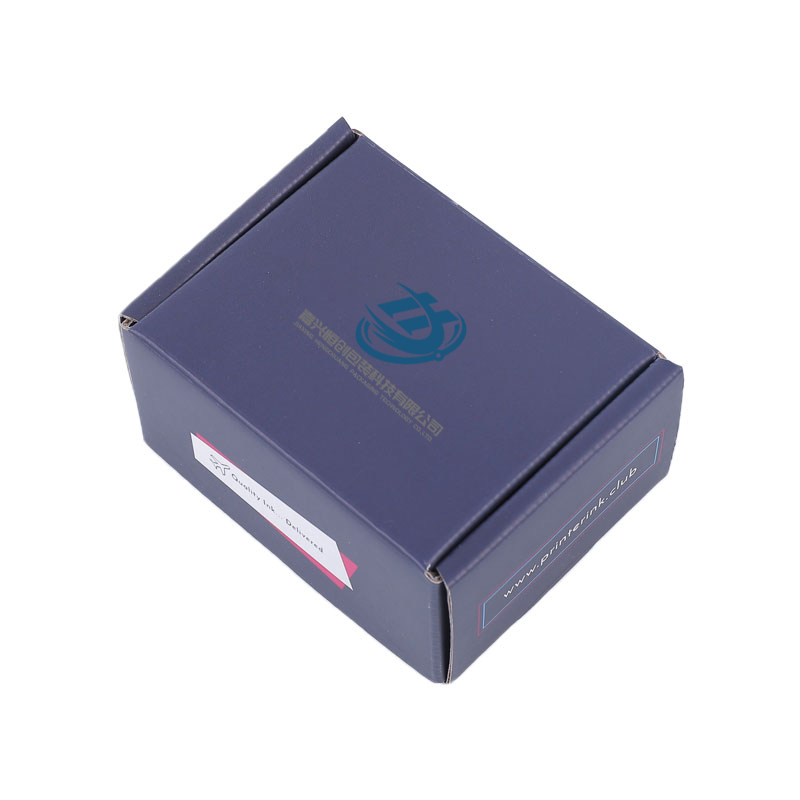How flexible is the airplane-box?
2023.09.18
The flexibility of an airplane box, also known as a Unit Load Device (ULD), can vary depending on its design and intended use. Here are some factors that influence the flexibility of airplane boxes:
Size and Type: Airplane boxes come in various sizes and types to accommodate different types of cargo. Some ULDs are designed to hold standard cargo pallets, while others are specialized for specific cargo types, such as containers for perishable goods or live animals. The flexibility of ULDs depends on their type and size.
Interior Configuration: Some ULDs have fixed interior configurations, meaning they have specific compartments or dividers designed for particular cargo types. Others may have a more open and configurable interior, allowing for greater flexibility in how cargo is loaded and secured.
Attachment Points: ULDs typically have standardized attachment points and fixtures that allow cargo to be secured within the container. The number and positioning of these attachment points can affect how flexible the ULD is in accommodating different cargo shapes and sizes.
Weight Capacity: Each ULD is rated for a maximum weight capacity. The flexibility of a ULD in terms of weight capacity depends on its design and structural integrity. It's important to adhere to weight restrictions to ensure safe and efficient transport.
Accessibility: Some ULDs are designed with accessibility features, such as side and top access doors, which can make it easier to load and unload cargo. ULDs with multiple access points may offer more flexibility in terms of cargo handling.
Customization: In some cases, ULDs can be customized or modified to better suit specific cargo needs. This customization may involve adding or removing interior features, altering attachment points, or making other adjustments to accommodate unique cargo requirements.
Compatibility: The flexibility of ULDs also depends on their compatibility with the aircraft's cargo hold. Different aircraft may have varying space constraints and loading systems, which can affect the choice of ULD and how it is loaded onto the aircraft.
Regulations and Standards: ULDs must comply with aviation regulations and industry standards. These regulations dictate certain design and safety requirements, which can influence the flexibility of ULDs in terms of construction and usage.
ULDs are designed to offer a degree of flexibility to accommodate a wide range of cargo types and sizes. However, the level of flexibility can vary based on the specific ULD model and its intended use. Airlines and cargo operators typically select ULDs that best align with their cargo needs and operational requirements.



 English
English  العربية
العربية











